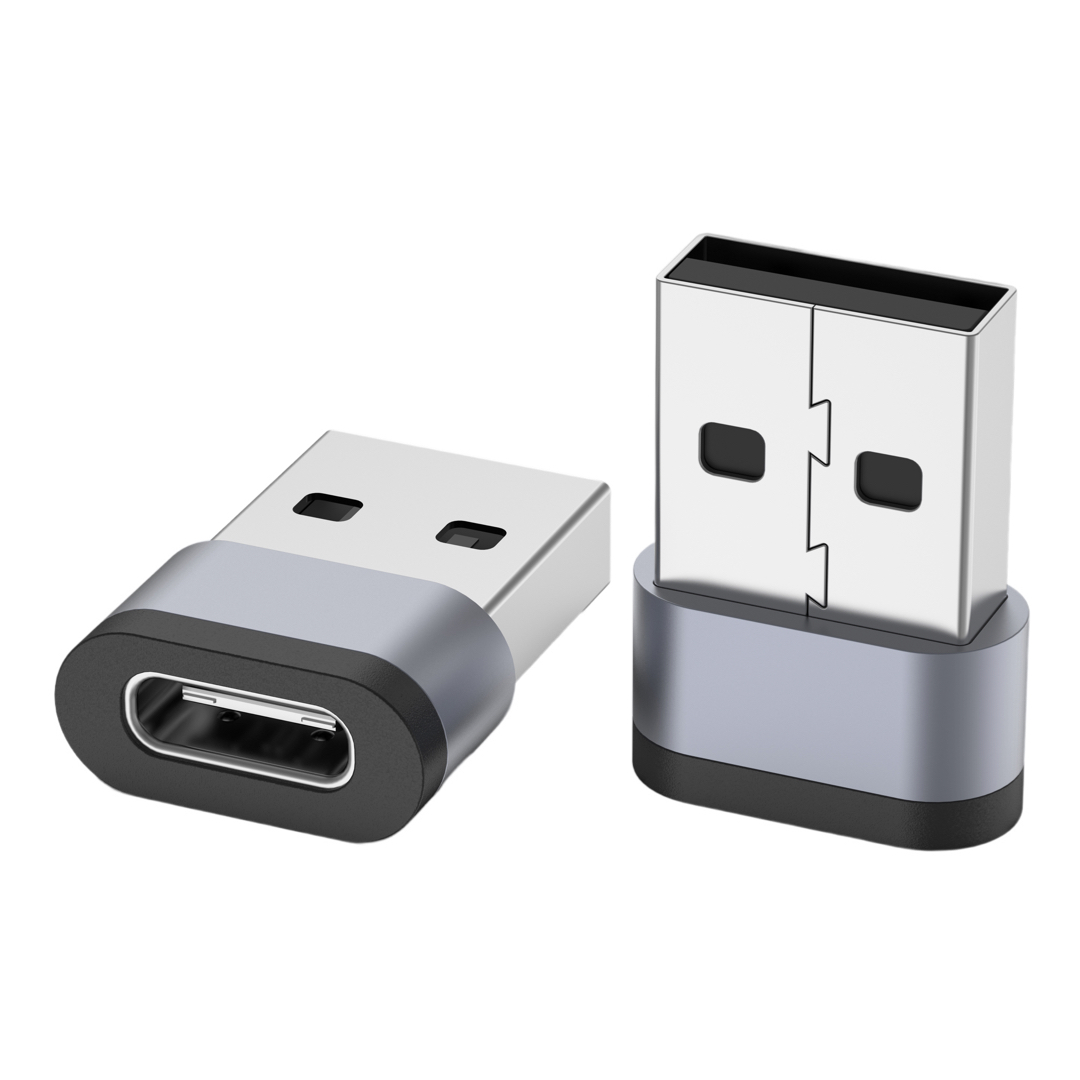Ensuring Optimal Sound Output with the Help of Audio Adapters

Do you often encounter audio output problems while using your devices? Are you frustrated with distorted or insufficient sound quality? Worry no more! In this comprehensive guide, we will explain how to quickly solve audio output problems using audio adapters. Whether you are using headphones, speakers, or other audio devices, these troubleshooting tips will help you achieve optimal sound performance.
Understanding Audio Output Issues
Before we delve into the solutions, it is essential to understand the common audio output issues you may encounter. Distorted sound, low volume, or complete absence of audio are some of the prevalent problems. These issues can arise due to incompatible connections, driver conflicts, or faulty audio ports. By identifying the root cause, you can better address and resolve these problems using audio adapters.
Solution 1: Choosing the Right Audio Adapter
The first step towards efficient troubleshooting is selecting the appropriate audio adapter for your specific needs. There are various types of audio adapters available in the market, including USB, HDMI, and 3.5mm audio jack adapters. Consider the device you are connecting to and the type of audio output it supports. For example, if you are connecting headphones to a computer lacking a 3.5mm audio jack, a USB audio adapter would be a suitable choice. Ensure compatibility and functionality to avoid further connectivity issues.
Solution 2: Updating Audio Drivers
Outdated or incompatible audio drivers can often lead to audio output problems. It is crucial to regularly update your audio drivers to ensure smooth functioning. Visit the manufacturer's website or use reliable driver update software to download and install the latest drivers for your audio device. By keeping your drivers up to date, you minimize the risk of encountering audio issues and enhance overall sound quality.
Solution 3: Troubleshooting Audio Settings
If the above solutions do not resolve the audio output problems, it's time to troubleshoot the audio settings on your device. Ensure the volume is not muted or set to a low level. Adjust the audio properties and equalizer settings according to your preferences. Additionally, check the playback devices in the system settings and set the desired audio output as the default. These simple adjustments can often rectify audio problems when connected through an audio adapter.
In conclusion, audio output issues can be frustrating, but with the help of audio adapters, most problems can be quickly resolved. By understanding the common issues, choosing the right adapter, updating audio drivers, and troubleshooting settings, you can ensure optimal sound performance on your various devices. Say goodbye to distorted sound and low volume – unleash the full potential of your audio experience today!



